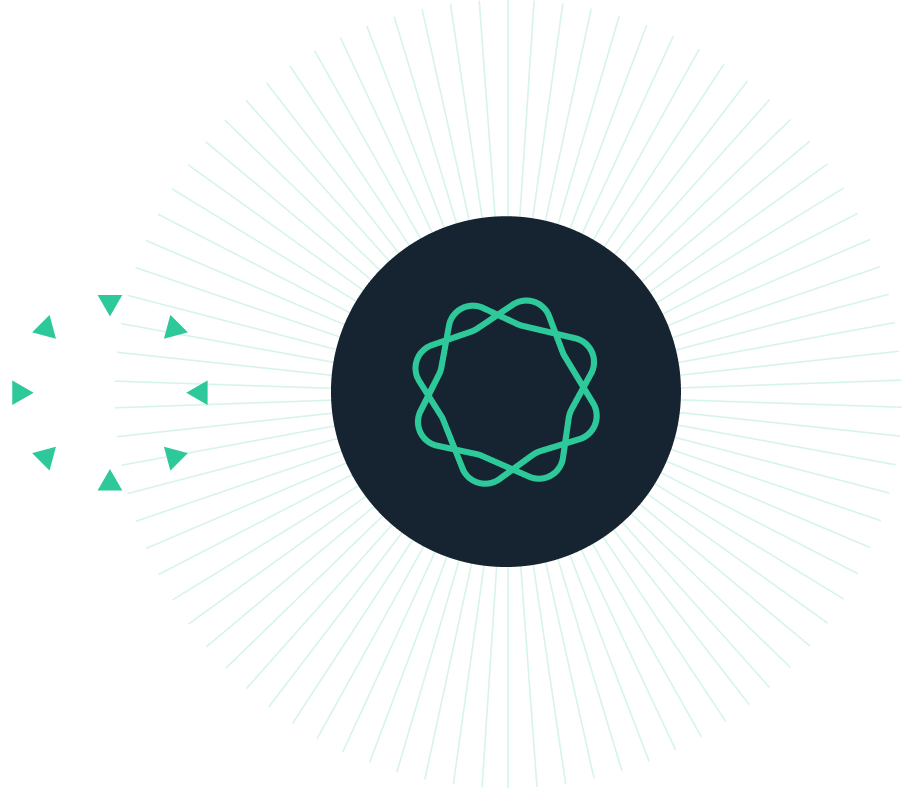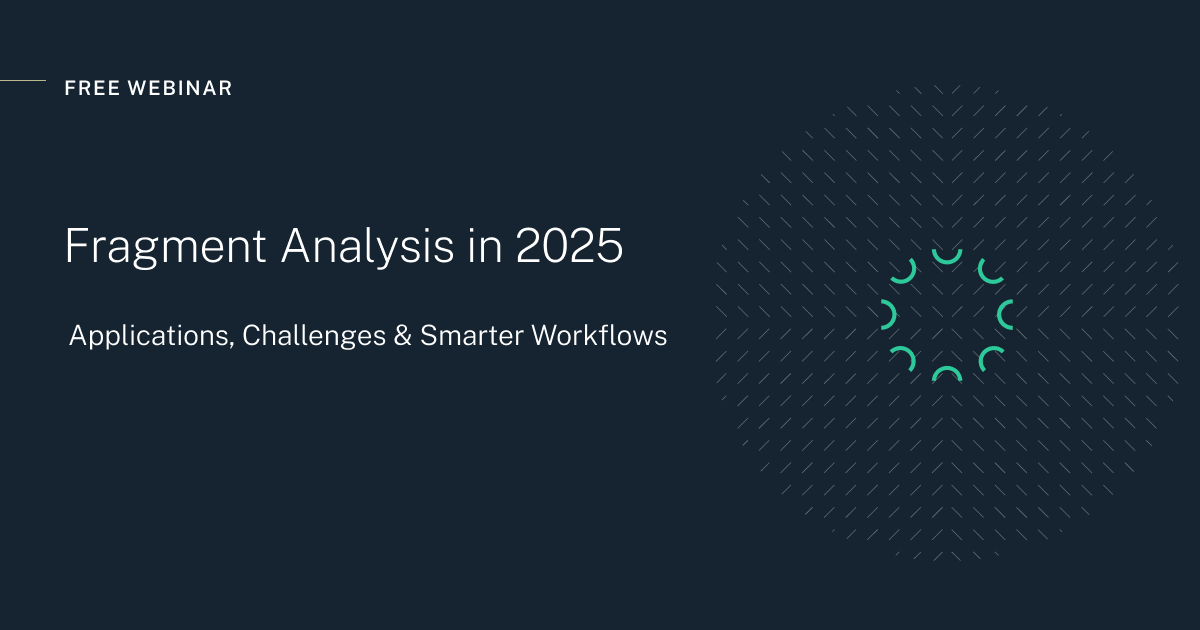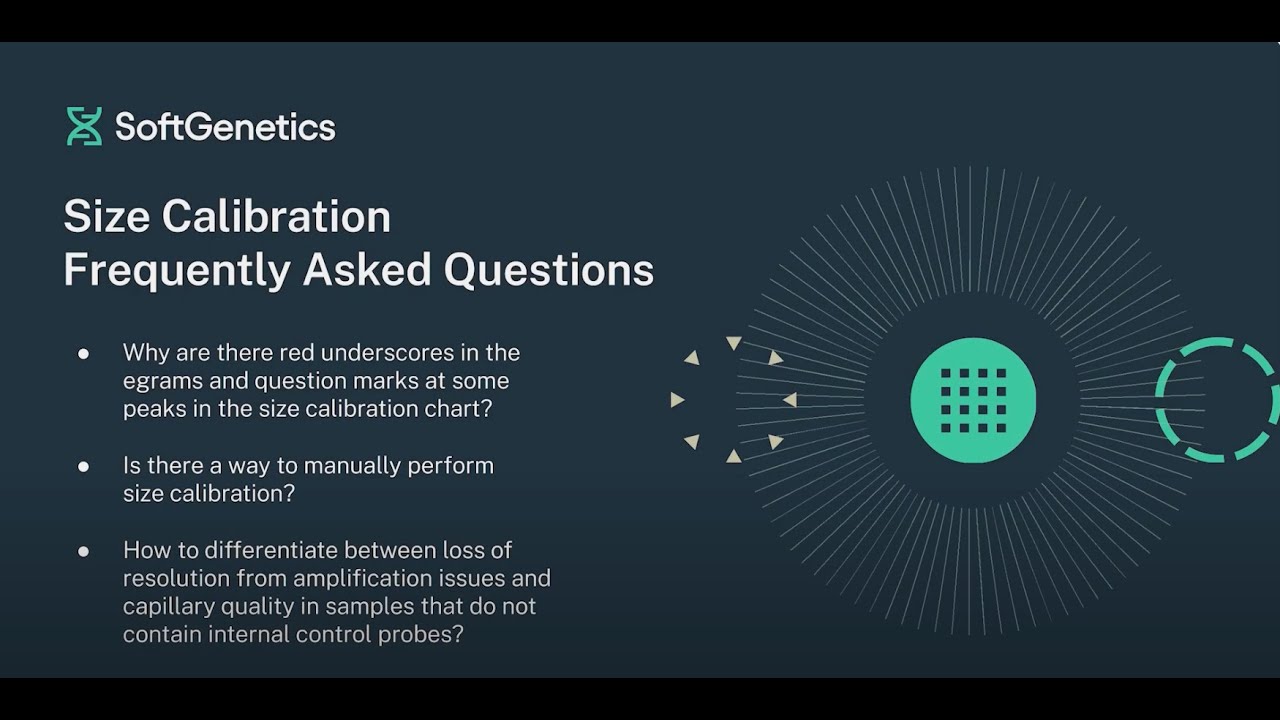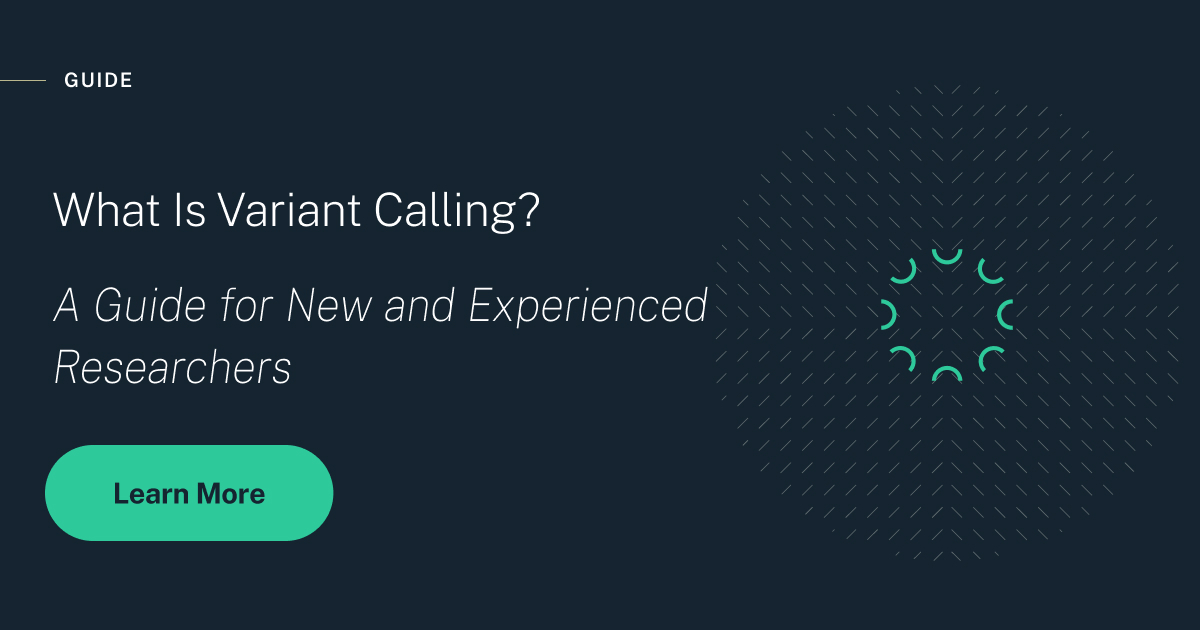Variant Detection Analysis Software Guide
This guide explores the "what," "why," and "how" of variant detection analysis software across these platforms, showcasing how SoftGenetics' tools stand out as industry leaders.Variant detection analysis software is a cornerstone of modern genetic research, enabling scientists and clinicians to identify and interpret genetic variations across different sequencing platforms. Whether working with Sanger sequencing, next-generation sequencing (NGS), or long-read sequencing, finding the right software ensures accuracy, efficiency, and meaningful insights.
Sanger Sequencing: The Gold Standard for Accuracy
What Is Sanger Sequencing?
Sanger sequencing is a highly accurate method for detecting small-scale genetic variants, such as single nucleotide polymorphisms (SNPs) and indels, within targeted genomic regions. It is widely used in clinical diagnostics and low-throughput research.
Why Use Sanger Sequencing for Variant Detection?
- High Precision: Sanger sequencing provides unparalleled accuracy for small-scale variants.
- Established Standards: Trusted for clinical applications, including diagnostics and confirmation of NGS results.
- Simplicity: Straightforward workflows make it accessible for labs without extensive bioinformatics infrastructure.
Additional Insights for Experts
- Phred Quality Scores: Sanger sequencing provides highly reliable quality scores for base calls, aiding in the validation of variants.
- Trace File Analysis: Sophisticated software can provide high levels of sensitivity, like Mutation Surveyor software's reference to sample trace comparison algorithms deconvoluting heterozygous indels as well as 2-directional detection of low frequency variants.
- Applications in Rare Diseases: Frequently used in confirming variants identified by NGS in rare disease studies, providing orthogonal validation.
How SoftGenetics Excels in Sanger Sequencing
SoftGenetics' Mutation Surveyor is the ideal software for variant detection and analysis in Sanger sequencing:
- Automated Variant Calling: Quickly detects SNPs and indels with high sensitivity.
- Advanced Visualization: Aligns detected variants with reference genomes for clear interpretation.
- Customizable Reporting: Generates textual and graphical reports that are highly customizable.
- User-Friendly Interface: Requires minimal bioinformatics expertise.
Competitors in Sanger Sequencing
| Software | Pros | Cons |
|---|---|---|
| Mutation Surveyor | Highly accurate, many applications, intuitive interface | Limited to Sanger |
| CodonCode Aligner | Affordable, user-friendly visualization | Fewer advanced analysis features |
| Sequencher | Legacy tool, easy to learn | Outdated interface, fewer updates |
| SeqScape | Smith-Waterman local aligner | Fewer applications |
Next-Generation Sequencing (NGS): Powering High-Throughput Analysis
What Is NGS?
Next-generation sequencing (NGS) enables high-throughput detection of genetic variants across the genome. It is ideal for large-scale studies, including cancer genomics, rare disease research, and population genetics.
Why Use NGS for Variant Detection?
- Comprehensive Coverage: Simultaneously detects SNPs, indels, CNVs, and some structural variants across large genomic regions.
- Scalability: Supports projects ranging from targeted panels to whole-genome sequencing.
- Cost-Effectiveness: Efficient for high-throughput applications.
Additional Insights for Experts
- Bioinformatics Pipelines: Integration with tools like GATK or BWA enhances the processing of raw data for highly complex datasets.
- Error Correction: Advances in error-correction algorithms, such as those implemented in NextGENe, help improve variant calling.
- Applications in Oncogenomics: NGS is pivotal for identifying somatic mutations in cancer research, often requiring both detection and deep annotation to determine actionable targets.
How SoftGenetics Excels in NGS Analysis
SoftGenetics' NextGENe Software stands out with its robust capabilities:
- Automated Analysis Pipelines: Supports targeted panels, exomes, and whole genomes.
- Annotation Integration: Links variants to clinical databases for actionable insights.
- Ease of Use: Intuitive workflows reduce the learning curve.
Competitors in NGS Analysis
| Software | Pros | Cons |
|---|---|---|
| NextGENe | User-friendly, integrates annotation, intuitive visualization tools | Focused on clinical and research labs |
| GATK | Powerful, highly customizable | Steep learning curve, requires scripting |
| Illumina DRAGEN | Optimized for Illumina data | Proprietary, expensive |
Long-Read Sequencing: Resolving Complex Variants
What Is Long-Read Sequencing?
Long-read sequencing technologies, like those from PacBio and Oxford Nanopore, generate extended reads that capture structural variants, enhance the ease and accuracy of haplotyping and improve STR expansion detection often missed by short-read methods.
Why Use Long-Read Sequencing for Variant Detection?
- Structural Variant Detection: Resolves large-scale changes, such as inversions and translocations.
- Improve Haplotyping: Ideal for phasing of alleles.
- Resolving Repetitive Regions: Captures difficult-to-sequence genomic areas.
Additional Insights for Experts
- Phased Variants: Long-read sequencing allows for phasing, enabling researchers to determine which variants occur on the same chromosome.
- Hybrid Approaches: Combining long-read and short-read sequencing improves both cost efficiency and resolution of difficult regions.
- Applications in Genomic Medicine: Critical for identifying structural variants in diseases like muscular dystrophy and other genetic disorders.
How SoftGenetics Excels in Long-Read Analysis
SoftGenetics' tools, including NextGENeLR, support long-read data analysis:
- Structural Variant Detection: Identifies complex rearrangements with high accuracy.
- Haplotyping Workflows: Identifies variants that belong to haplotypes of small genes like HBB as well as Covid-19 and mtDNA.
- Advanced Visualization: Enables clear interpretation of structural changes.
Try NextGENeLR Software for Long-Read Analysis.
Competitors in Long-Read Analysis
| Software | Pros | Cons |
|---|---|---|
| NextGENeLR | Simple workflows, supports multiple instruments, high accuracy (99.5%) | Limited to sequencing data analysis |
| PacBio SMRT Link | Native to PacBio platforms | Limited to PacBio data |
| Nanopore EPI2ME | Native to Oxford Nanopore | Platform-specific, less flexible |
| MiniMap2 | Aligns both PacBio and Nanopore data | Steep learning curve |
Why Choose SoftGenetics for Variant Detection Analysis?
- Comprehensive Solutions: Support for Sanger, NGS, and long-read sequencing.
- User-Friendly Design: Simplifies workflows, even for non-experts.
- Trusted in Clinical and Research Labs: Proven accuracy and reliability.
Start your journey with a free trial of SoftGenetics software and experience the difference in variant detection analysis.
Get started with SoftGenetics today
Start your free 35-day trial















